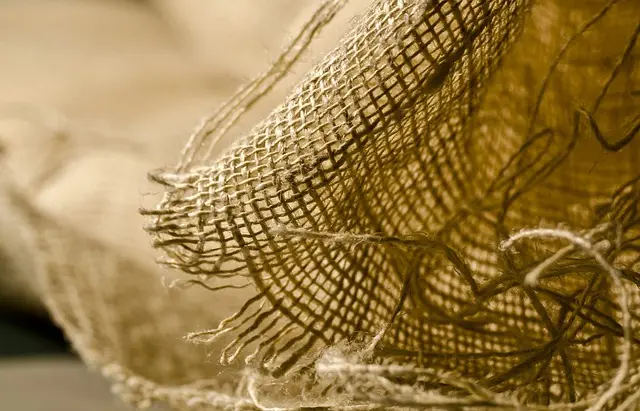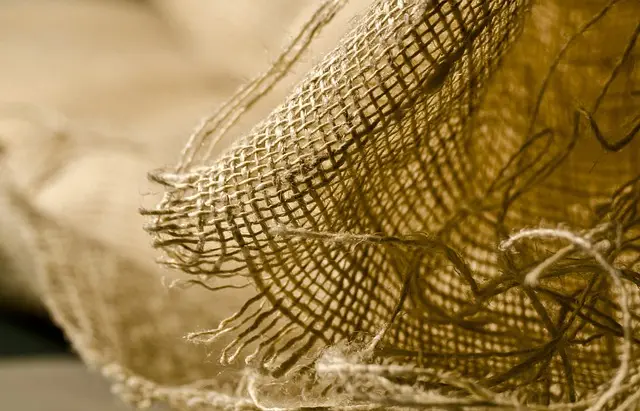Athletes interested in enhancing performance and recovery can explore kratom, a natural supplement from the Mitragyna speciosa tree, which may aid in pain management, fatigue reduction, and muscle recovery. Utah's climate is particularly suitable for cultivating this plant at home, allowing athletes to ensure the quality and purity of their supply by following specific cultivation guidelines tailored to the conditions in Utah. Successful kratom farming here requires careful control of soil, humidity, and light to produce leaves with high alkaloid content, which are essential for the plant's efficacy. It is crucial to use kratom responsibly, under medical guidance, given its regulatory status and potential interactions with other substances. For those in Utah looking to grow their own, doing so sustainably and locally can provide a controlled and high-quality source of kratom for athletic recovery. This local cultivation approach in Utah aligns with the interest in growing kratom as a viable agricultural endeavor within the state.
Embark on an exploration of athletic recovery optimization, where the integration of kratom coaching emerges as a pivotal strategy. This article delves into the transformative potential of kratom in managing muscle soreness and expediting recovery. For those intrigued by the prospect of cultivating their own, “Grow Kratom Utah” offers a comprehensive guide to nurturing this versatile plant within the Beehive State’s favorable conditions. Unlock the secrets to enhancing your training regimen with insights on kratom’s role in recovery, and learn how to sustain a supply tailored for peak athletic performance.
- Mastering Athletic Recovery: Integrating Kratom into Your Training Regimen
- The Role of Kratom in Enhancing Muscle Soreness Management and Speedy Recovery
- Cultivating Your Own Kratom in Utah: A Guide to Growing Kratom for Optimal Athletic Recovery
Mastering Athletic Recovery: Integrating Kratom into Your Training Regimen

Athletes are constantly seeking methods to enhance their performance and optimize recovery between training sessions and competitions. Integrating kratom into a training regimen can be a strategic approach to achieving superior athletic recovery. Kratom, derived from the leaves of the Mitragyna speciosa tree, has garnered attention for its potential benefits in managing pain, reducing fatigue, and accelerating muscle recovery—key aspects of athletic recovery. For those interested in cultivating their own kratom, such as enthusiasts in Utah where the climate can support a homegrown kratom garden, growing kratom (as per grow kratom Utah guidelines) offers a level of control over product quality and purity. The process requires attentive care to factors like soil conditions, humidity, and light exposure to ensure optimal harvesting of mature leaves rich in the alkaloids that provide kratom’s effects. By leveraging the benefits of kratom responsibly, athletes may experience a more effective recovery period, which can translate into better performance outcomes. It is crucial for athletes to consult with healthcare professionals and follow recommended dosages, as kratom can interact with other substances and may have regulatory considerations. When used judiciously within the framework of a comprehensive recovery strategy, kratom can be an integral component of an athlete’s regimen to maintain peak performance and well-being.
The Role of Kratom in Enhancing Muscle Soreness Management and Speedy Recovery

Incorporating kratom into an athletic recovery regimen can play a significant role in managing muscle soreness, a common challenge faced by athletes across various disciplines. The active compounds found within kratom leaves, namely mitragynine and 7-hydroxymitragynine, are believed to interact with the body’s opioid receptors, potentially offering pain relief benefits that can alleviate muscle soreness post-exercise. This natural approach to pain management can be particularly advantageous for those seeking alternative methods to pharmaceutical painkillers. Additionally, kratom may contribute to accelerated recovery by promoting homeostasis within the body’s systems. It is thought that its stimulant and sedative effects, depending on the dose and strain used, can help in balancing energy levels, reducing fatigue, and enhancing overall well-being. This holistic support for the body’s natural healing processes can be instrumental for athletes looking to minimize downtime between training sessions or competitions. For those interested in leveraging kratom for its potential benefits, growing kratom in regions like Utah through reputable kratom cultivators ensures a high-quality product that adheres to local and federal regulations. This not only guarantees the efficacy of the kratom but also supports sustainable farming practices and provides a local source for enthusiasts and athletes aiming to integrate kratom into their recovery strategy.
Cultivating Your Own Kratom in Utah: A Guide to Growing Kratom for Optimal Athletic Recovery

Utah’s favorable growing conditions make it an ideal location for cultivating kratom, a tropical plant that has gained attention in the athletic community for its potential role in recovery and performance enhancement. Growing kratom (Mitragyna speciosa) in Utah requires careful consideration of the plant’s native climate and soil composition. Kratom thrives in environments with high humidity, consistent moisture, and temperatures that range between 75 to 85 degrees Fahrenheit. Utilizing greenhouses or finding a shaded area outdoors can replicate these conditions for a successful kratom crop.
To begin growing kratom in Utah, select a high-quality seed or sapling from a reputable supplier. Ensure the soil is rich and well-draining, and maintain a regular watering schedule that keeps the soil moist but not waterlogged. Fertilization should be balanced and tailored to support the growth of kratom, with particular attention to nitrogen during the vegetative stage and phosphorus during flowering. Pruning and training the plant can encourage bushier growth, increasing leaf yield—a crucial factor for harvesting the optimal amount of leaves for athletic recovery purposes. Regular monitoring for pests and diseases is also essential to protect your crop. By adhering to these guidelines, athletes in Utah can cultivate their own kratom, ensuring a sustainable and reliable source of this natural supplement that may aid in their recovery and overall well-being.
Athletes are constantly seeking methods to optimize their performance and recovery, with a particular focus on managing muscle soreness. The integration of kratom into a training regimen has emerged as a promising strategy for those looking to enhance their recovery process. This article has delved into the nuances of using kratom, not only as a means to alleviate post-exercise soreness but also as a potential component in a holistic approach to athletic well-being. For those interested in utilizing kratom, understanding how to grow kratom in Utah’s unique environment can provide a reliable and personalized source of the plant. By mastering the cultivation of kratom in Utah, athletes can ensure a consistent supply of this natural substance, contributing to their overall recovery and performance potential. As a final note, it is crucial for individuals to consult with healthcare professionals before incorporating any new supplements like kratom into their health and fitness routines to ensure safety and efficacy.






